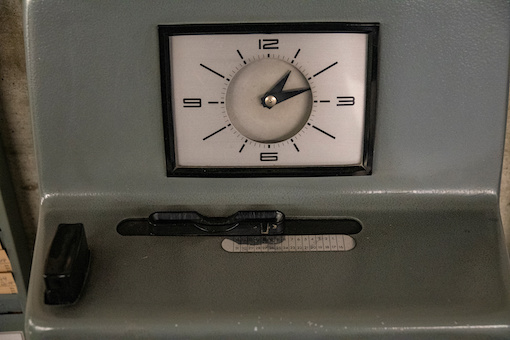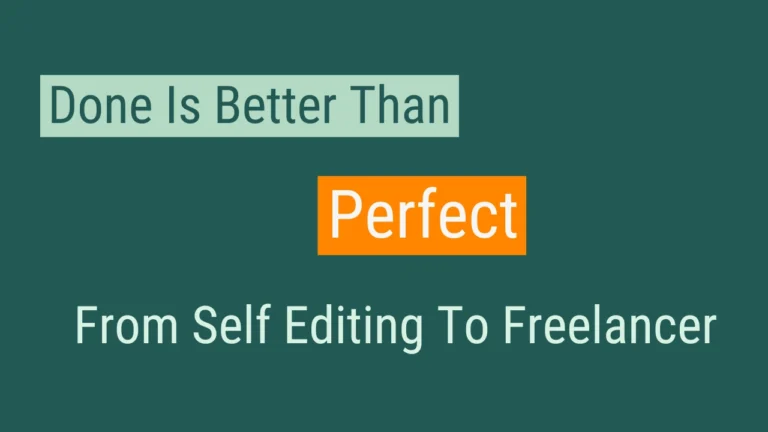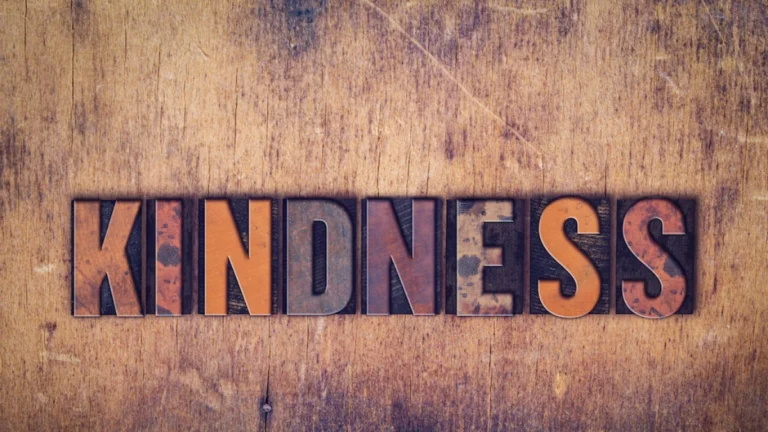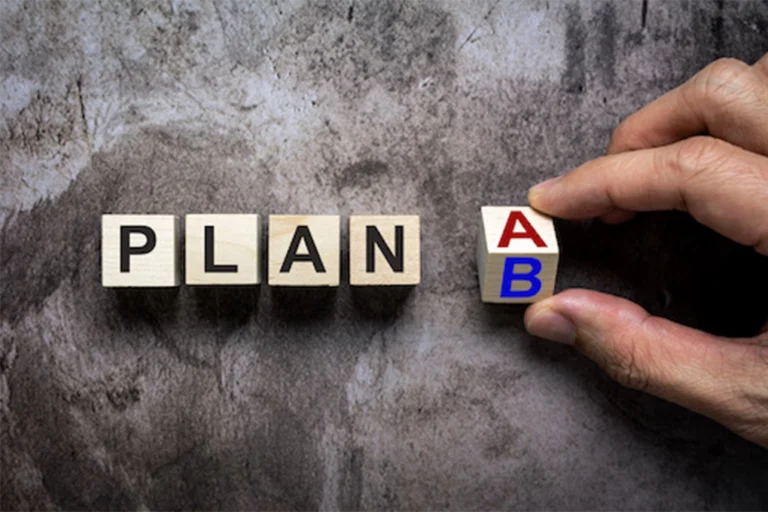
As a podcast editor, deciding how to charge clients can be a challenging decision. Hourly rates are a common option, but are they the best option? Let’s explore why hourly rates may not be the best option when compared to flat rates or package rates, and provide some alternatives for podcast editors to consider.
The Problem with Hourly Rates
While hourly rates can seem like a fair way to charge clients, there are some drawbacks to this pricing model:
1. Penalizes Efficiency
When you charge hourly rates, you’re essentially penalizing yourself for being efficient. As you become more experienced and can complete tasks more quickly, your earnings potential decreases. This can lead to a disincentive to become more efficient and complete tasks more quickly.
2. Difficult to Estimate Total Cost
Hourly rates can make it difficult to estimate the total cost of a project for both the editor and the client. As tasks are completed, the total cost can quickly add up, leading to unexpected costs for the client. Additionally, if the client is on a tight budget, they may not be able to accurately predict the final cost of the project.
3. Can Change The Focus Onto Time Rather Than The Results
Hourly rates can put the focus on the time you’re spending on the work rather than the quality of work performed. This can be especially true if the price fluctuates often. Some editors may take more time to edit the episode to maximize their pay or to compensate for the efficiency penalty. While this may not be a common practice, it can be a concern for some clients who are worried about the potential for “padding” of hours worked.
The Benefits of Flat Rates and Package Rates
So, if hourly rates aren’t the best option, what is? Flat rates and package rates can offer several benefits:
1. Provides a Clear and Predictable Rate for Clients
Flat rates and package rates provide a clear and predictable rate for clients, making it easier for them to budget and plan for the cost of the project. This can be especially important for clients who have a limited budget or need a specific amount of work completed.
2. Can Be Beneficial for Complex Projects
Flat rates and package rates can be beneficial for clients with complex projects, as it allows for flexibility in pricing depending on the complexity of the project. This can ensure that the editor is fairly compensated for the work required to complete the project.
3. Encourages Efficient Work
Flat rates and package rates can encourage efficient work, as the editor is incentivized to complete tasks as quickly and efficiently as possible. This can ensure that tasks are completed in a timely manner and to the highest standard.
Alternative Pricing Models to Consider
If flat rates and package rates don’t work for your business, there are other pricing models to consider:
1. Value-Based Pricing
Value-based pricing charges clients based on the work’s value, rather than the time spent on the project. This can be a good option for podcast editors who specialize in a particular area or provide a unique service.
2. Retainer-Based Pricing
Retainer-based pricing charges clients a set fee for a set amount of work each month. This can be a good option for clients who require ongoing work, as it provides a predictable cost for the client and a steady stream of income for the editor. An example would be to charge a client $1000 per month for weekly episodes. The client pays this amount each month whether they release episodes or not. While this is an ideal for the editor, it can be a difficult sell to clients who take time off or re-publish older episodes here and there because they might feel like they aren’t getting what they are paying for in those months.
Conclusion
In conclusion, while hourly rates may have some benefits, they may not always be the best option for podcast editors when compared to flat rates or package rates. Flat rates and package rates provide benefits such as predictability, clarity, and flexibility for both the editor and the client. They also ensure that the editor is compensated fairly for the work they do, regardless of their efficiency.
Ultimately, the decision of which rate structure to use depends on the specific needs of each editor and their clients. It is important to weigh the pros and cons of each option carefully and choose the one that is best for the situation.
FAQs
- What is the difference between hourly rates and flat rates for podcast editing?
Hourly rates are based on the amount of time spent on a project, while flat rates are a fixed fee for the entire project. Flat rates provide more predictability and clarity for both the editor and the client.
- Can package rates be customized for individual clients?
Yes, package rates can be customized to fit the specific needs of each client. This allows for flexibility while still providing predictability and clarity in terms of pricing.
- How can podcast editors ensure they are fairly compensated when using flat rates or package rates?
You can ensure you are fairly compensated by carefully considering the scope of each project and setting a rate that reflects the work required. You should also communicate clearly with your clients about what is included in the flat or package rate.
- What should podcast editors do if a client requests additional work outside of the scope of the flat or package rate?
If a client requests additional work outside of the scope of the flat or package rate, you should communicate with the client and provide a separate estimate for the additional work.






